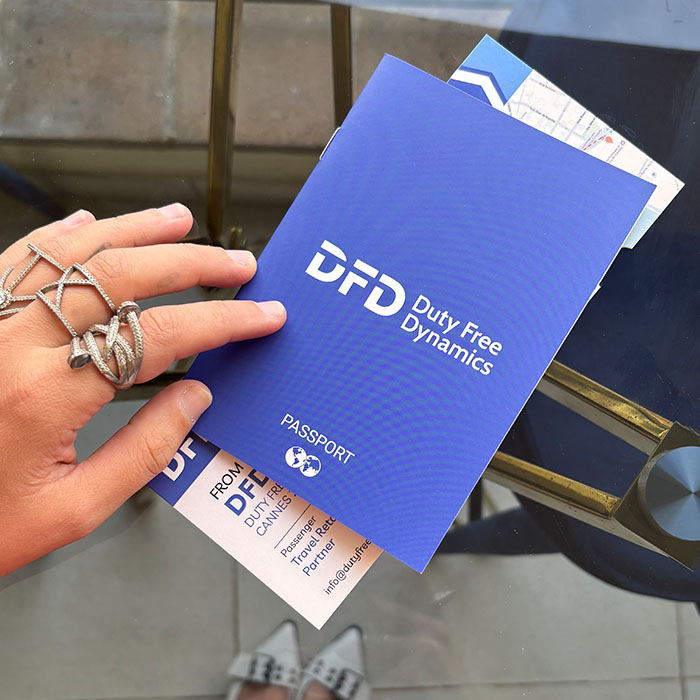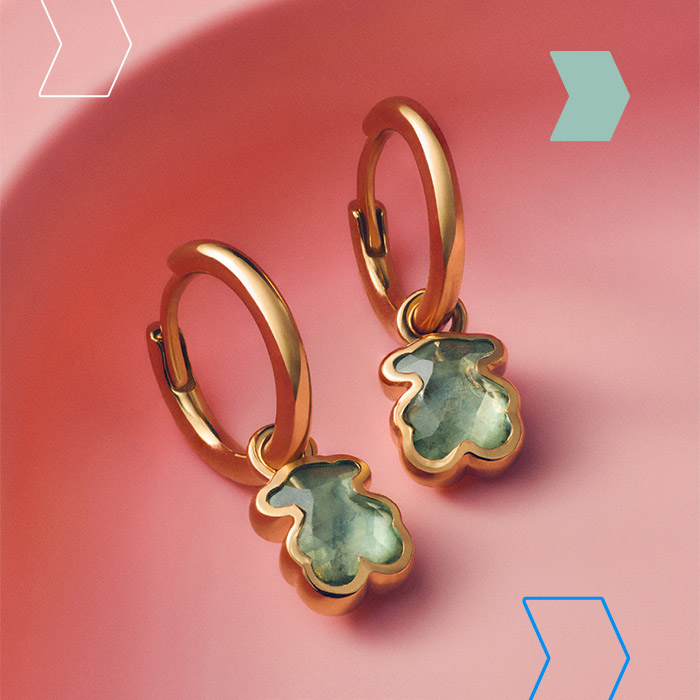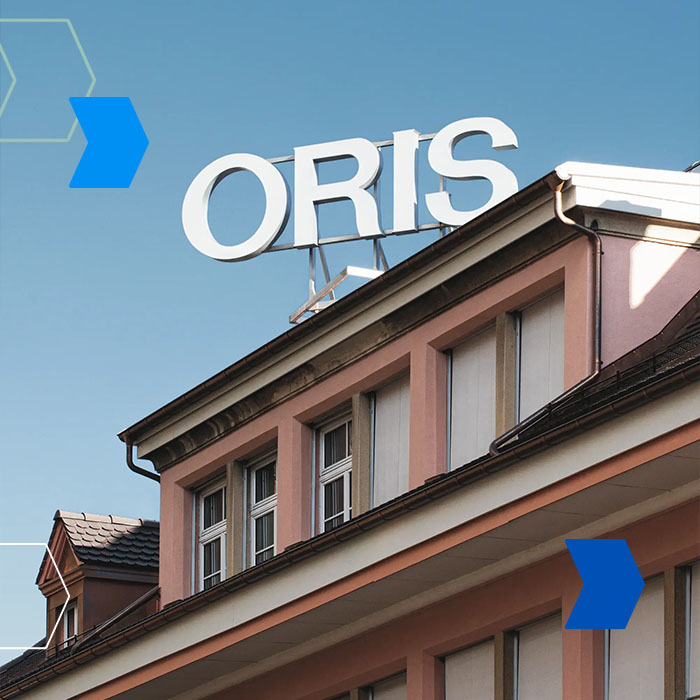
Seiko’s Wako Clock Tower plays a chime to thank medics fighting Covid-19
In Japan, many iconic buildings are now lit up in blue to show support and appreciation for the brave men and women working in the front lines of the COVID-19 pandemic. Last month, Seiko's Wako Clock Tower, which sits at the main crossroads in Ginza, proudly joined this movement. It is not only lit up in blue, but the historic clock tower on the roof plays a special chime at 7:00 every evening – the first such symbolic change in the almost 90-year history of the building.
During the Meiji period, clock towers were mainly built by clock shops. Kintaro Hattori, founder of K. Hattori shop –and years later, also founder of the Seiko brand– is said to have decided to become a clock merchant when he saw the Kobayashi Clock Shop, located near Tsujiya, a Western sundry wholesaler in Yakancho, Kyobashi, where he worked as an apprentice.
Tall and conspicuous, a clock tower easily attracts attention and functions as the most recognizable sign for a clock shop. Clock towers were successively built all over the city as if competing for uniqueness. They were a symbol of civilization and might have been the perfect way to provide an impression of sophistication and opulence for high-profile clock shops dealing in the most advanced imported clocks.
In 1894, K. Hattori shop Ltd. purchased and renovated the office building of Choya Newspaper and built the first clock tower. In 1921, it was demolished for renovations.
In 1932, the current clock tower was constructed in a neo-Renaissance style. Unchanged ever since, Seiko’s Wako Clock Tower watches over Ginza. Its accuracy has improved with its upgrades from a pendulum to quartz, and radio wave correction to GPS-based time correction. It is needless to say that the clock is perfectly accurate. In 1966, Seiko’s clock replaced the original. Seiko Time Systems Inc. has continued to control and inspect the clock.
The genius of Seiko's Wako Clock Tower goes beyond its internal structure. The clock face has many ingenious design features too that make it beautiful and easy to read, both during the day and at night. Even today, the clock adopts a glass dial face. The front surface has index markings that are engraved and painted in black ink, while the rear side is painted white. At night, the dial face is illuminated from the inside.
Throughout its history, the clock has been continually supported by the commitment and enthusiasm of engineers. In the future, Seiko's Wako Clock Tower will continue to keep accurate time, breathing tradition and innovation as an iconic symbol of Ginza.
Interested in Seiko watches? Please contact Monica Martinez, Brand Manager of Seiko.



